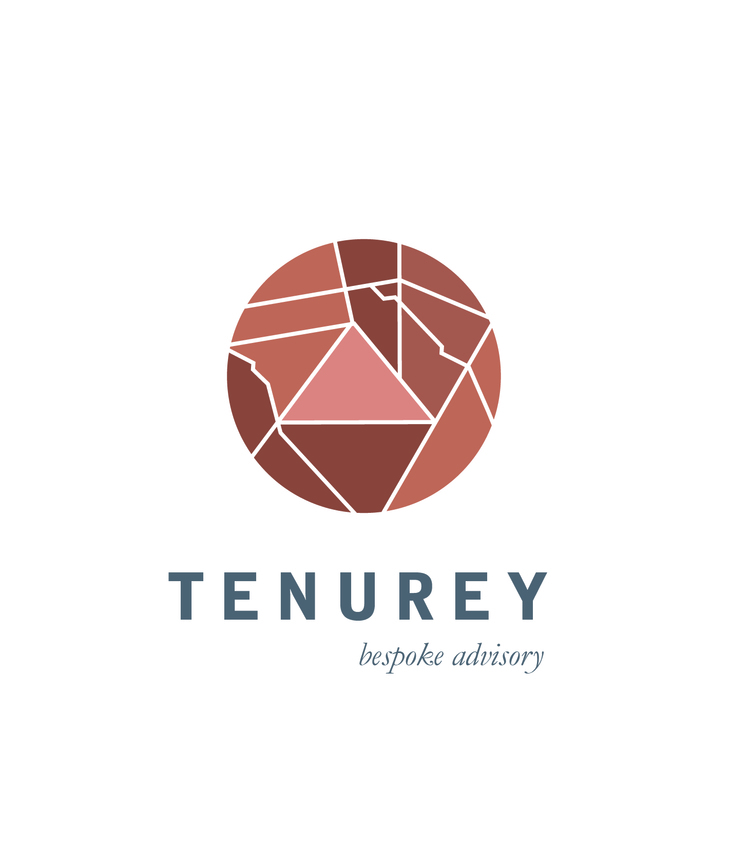Graffiti is an ancient Greco-Roman art form, dating back to the days when people carved marble messages of anything from political protest to hilarious jokes. Now a modern iteration has taken over towns and cities, where a flourishing community of graffiti artists has transformed the urban landscape.
There is also a big demand for commissioned work. Some of the artists are even graduates of the world's top fine-arts schools and are utilizing their classical background in new, innovative ways.
Considering the growing popularity of graffiti, be it its reoccurring place in pop culture or its wide use as a medium for self-expression and artistic talent, graffiti is a form of art to be reckoned with. Graffiti is a debatable form of art – some people don’t particularly perceive it as art. Nevertheless, thousands of auctioneers and collectors are ready to bid millions of dollars in order to add another artistic graffiti piece to their collection.
On an online debate, 83% of respondents believe that graffitti is a form of art, with the minority classifying it as illegal. What are your views?
In April 2014, the suburb of Kliptown, the oldest residential district in Johannesburg’s South Western Townships (Soweto), saw a creative influx as Redbull’s Amaphiko Academy was taking place. Running alongside the main event, graffiti artists including Falko and Rasty painted various walls throughout the community. Renowned graffiti photographer, Martha Cooper, who was a guest speaker and mentor at the conference, was also present, snapping away at the festivities. This was Martha’s third visit to South Africa - last year she and stencil artist, Lady Aiko (USA), stayed with the Soweto Art Residency and also worked in and around the Kliptown area. Rowan Pybus captured some action on one of the days...














